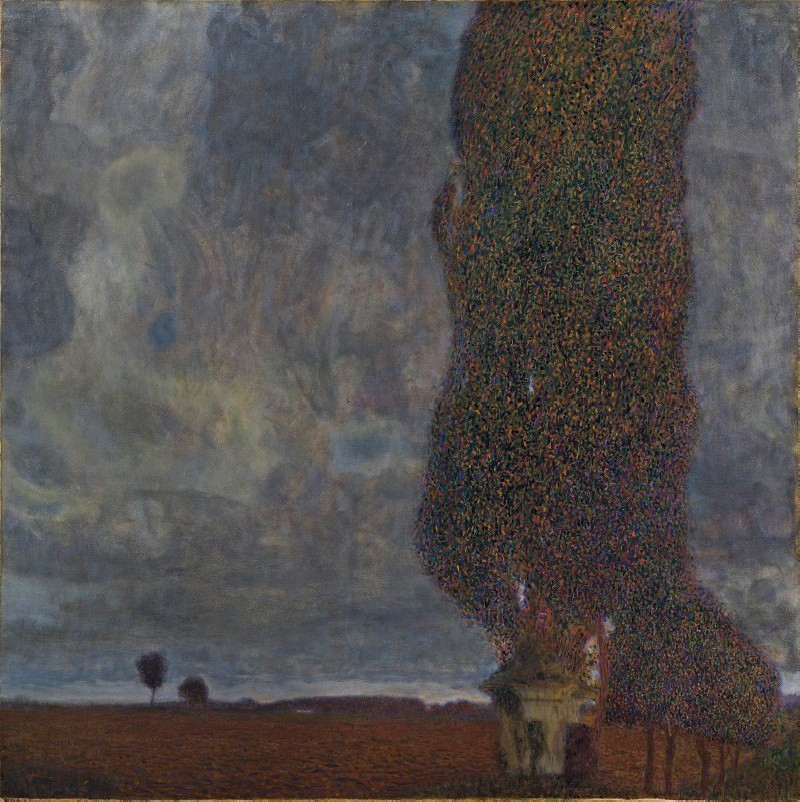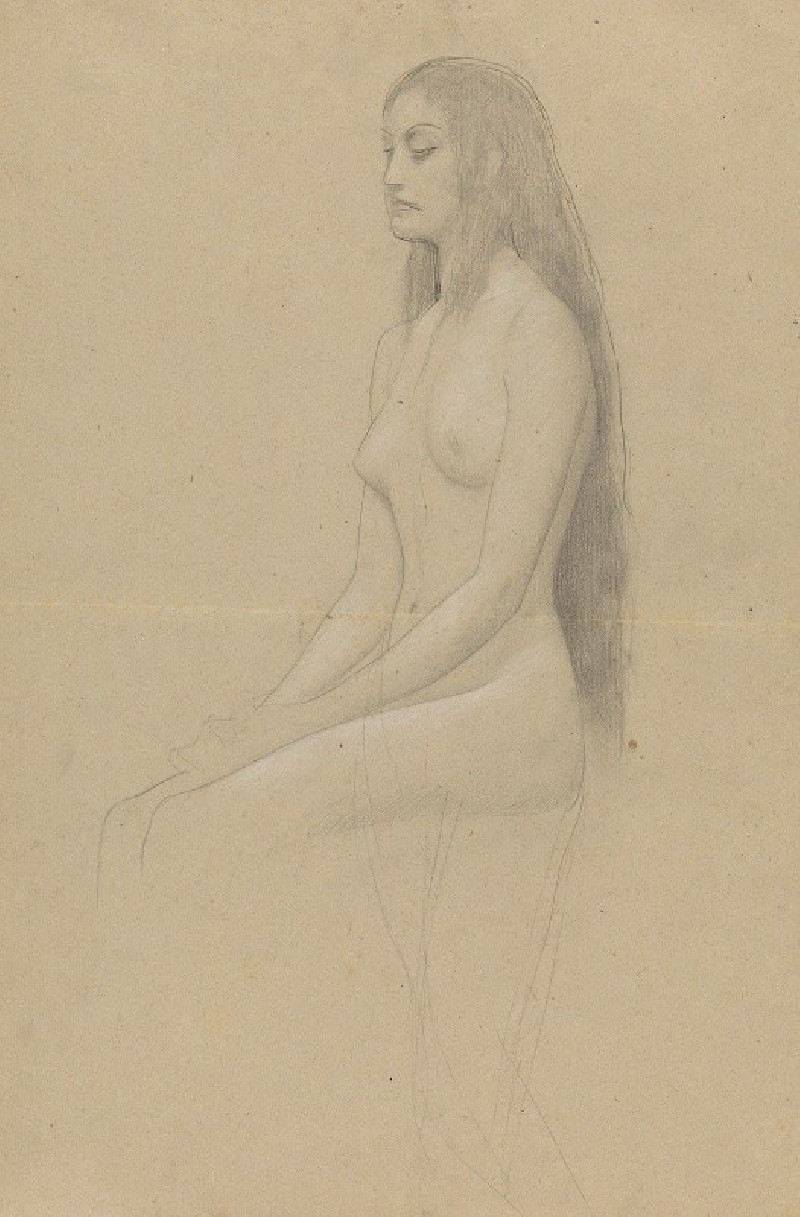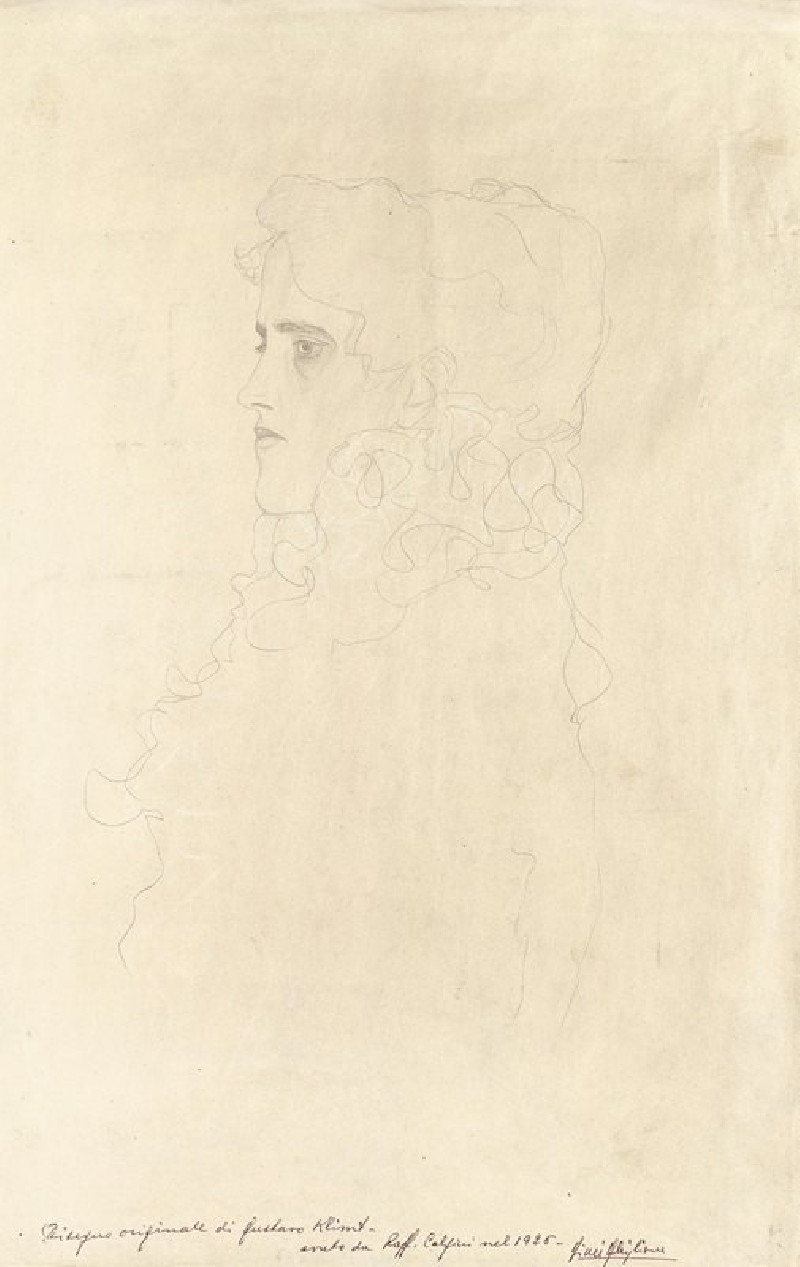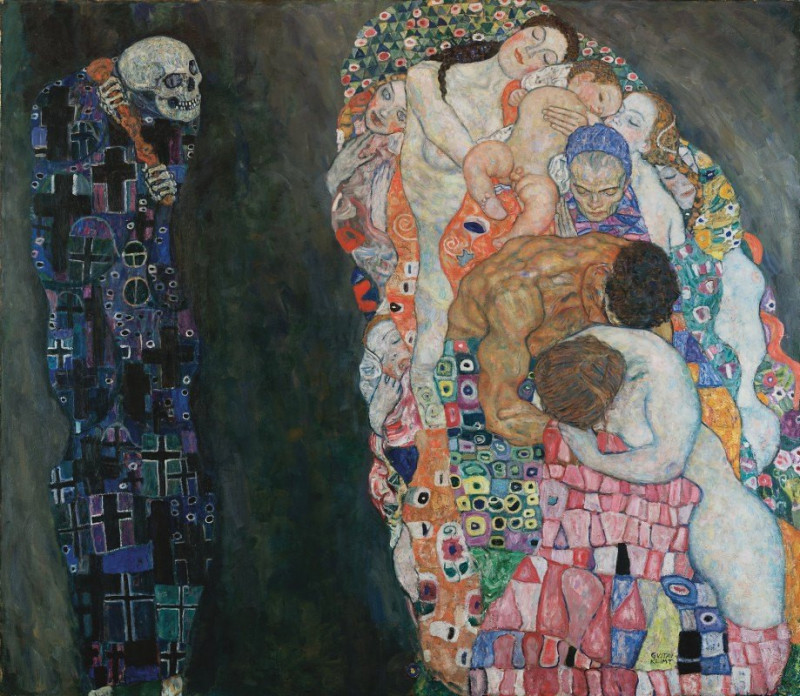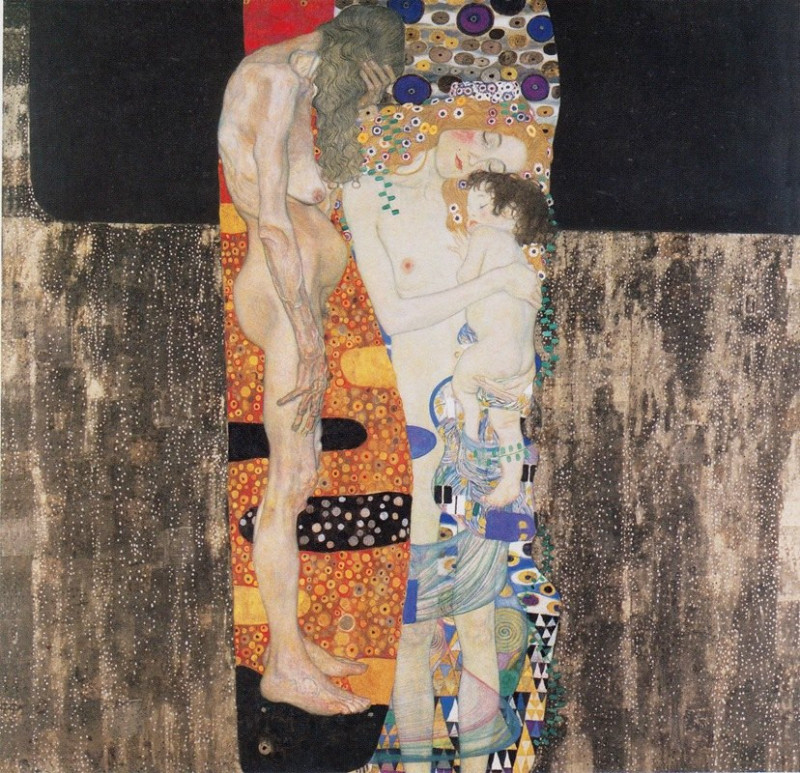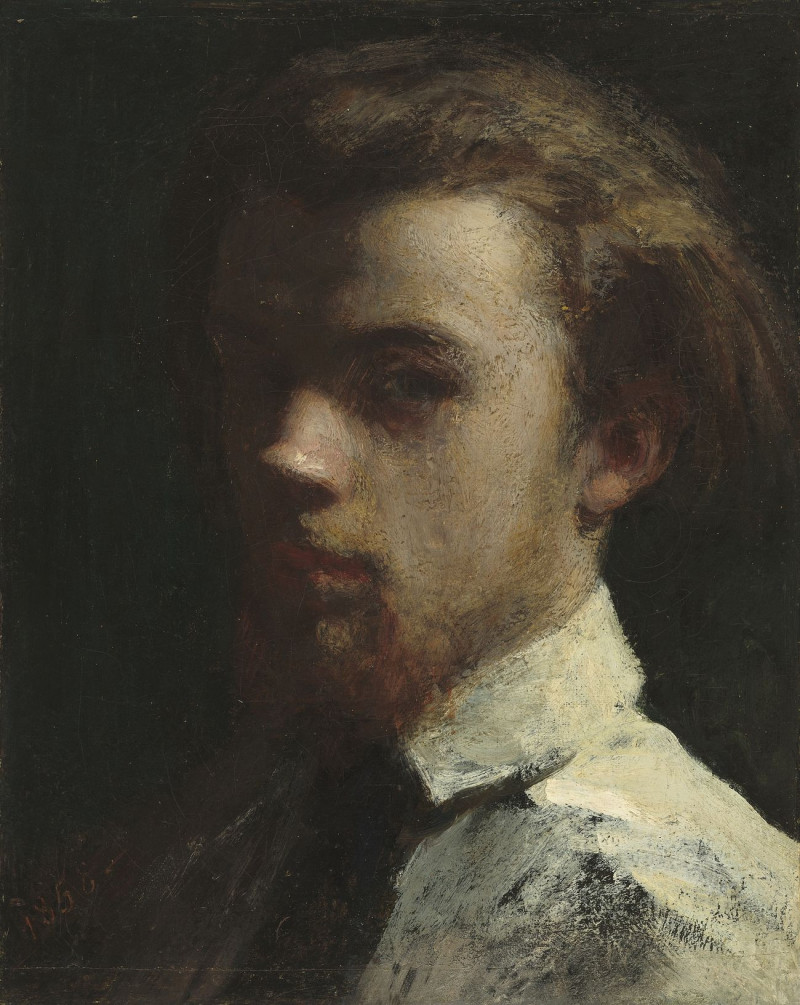Study for the dancing little girl from the ceiling painting ‘Der Tanz’ (1885)
Technique: Giclée quality print
Recommended by our customers
More about this artwork
We are delighted to present a remarkable piece by Gustav Klimt, titled "Study for the dancing little girl from the ceiling painting ‘Der Tanz’ (1885)". This delicate sketch provides a fascinating glimpse into Klimt's artistic process, revealing the preliminary stages of what would mature into a vital element of his larger composition.The artwork displays a young girl caught in a graceful dancing pose. One can almost sense the movement in her flowing dress, defined by Klimt with dexterous pencil and white highlights that beautifully capture the shimmer of fabric in motion. The girl’s eyes are closed, enhancing the feel of immersion in the rhythm of her dance. The artist's mastery in portraying the intricacies of human expressions and fabric dynamics shines through, making this not just a study but a standalone piece of art.Klimt's use of a simple yet striking brown paper background brings the figure to the forefront, emphasizing the lightness and the dynamic nature of her dress adorned with floral patterns. The unfinished portions of the drawing invite viewers to engage their imagination and fill in the blanks, making it an interactive piece that resonates uniquely with each observer.This study offers not only a window into Klimt’s creative world but also serves as a wondrous testament to the eternal beauty of human expression through dance.
Delivery
Returns
Gustav Klimt (1862–1918) was one of the greatest Austrian symbolist painters of the Art Nouveau era. Renowned as one of the most prominent founding members, and as a president of the Vienna Art Nouveau movement (Vienna Secession). His works were mainly paintings, murals, and sketches. Marked by his numerous erotic drawings, Klimt's primary subject were female figures, and at one point his work was even criticized as pornographic. Klimt found financial success in his "Golden Phase" with decorative techniques and the prominent use of gold leaf in his paintings.















